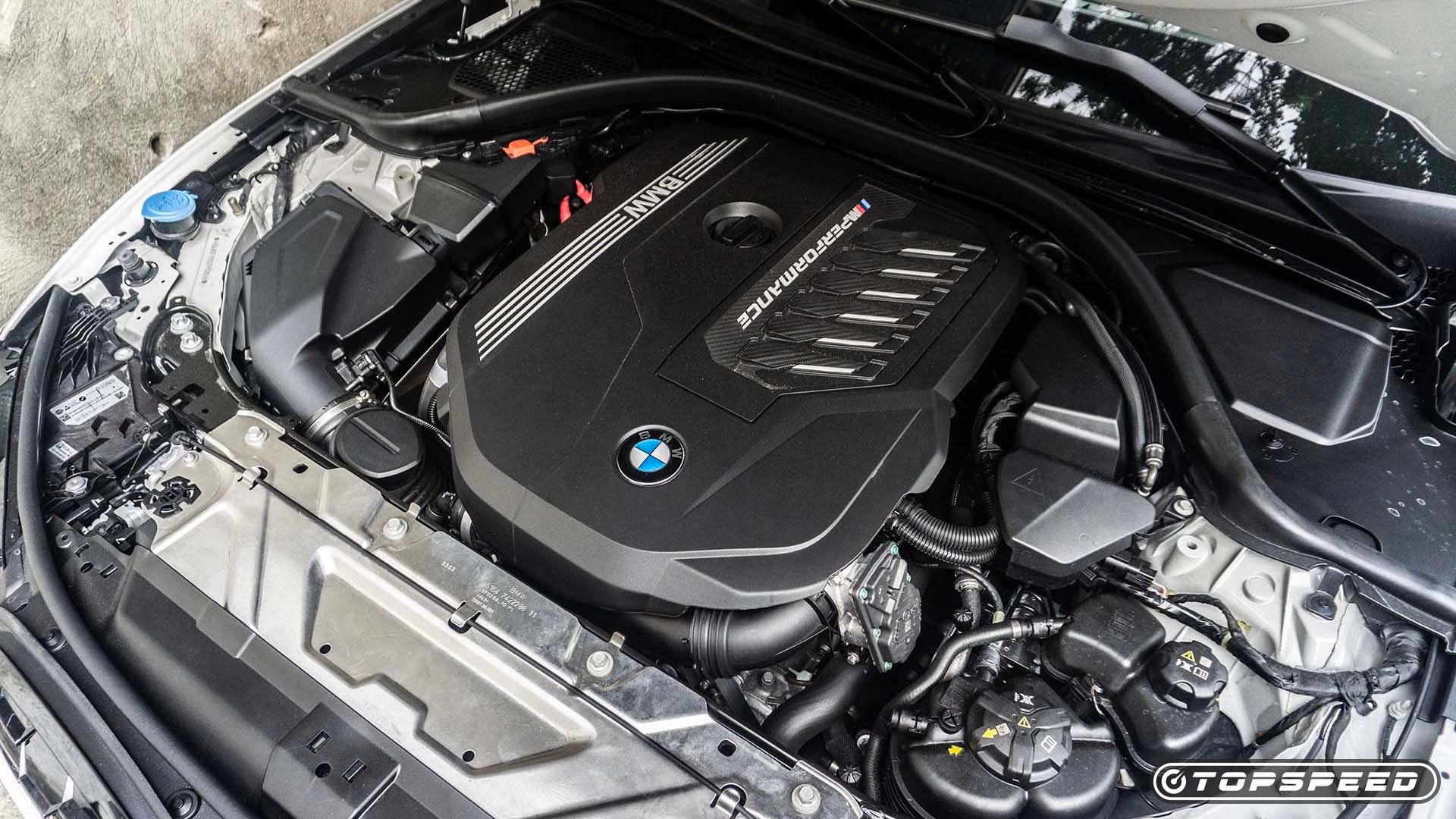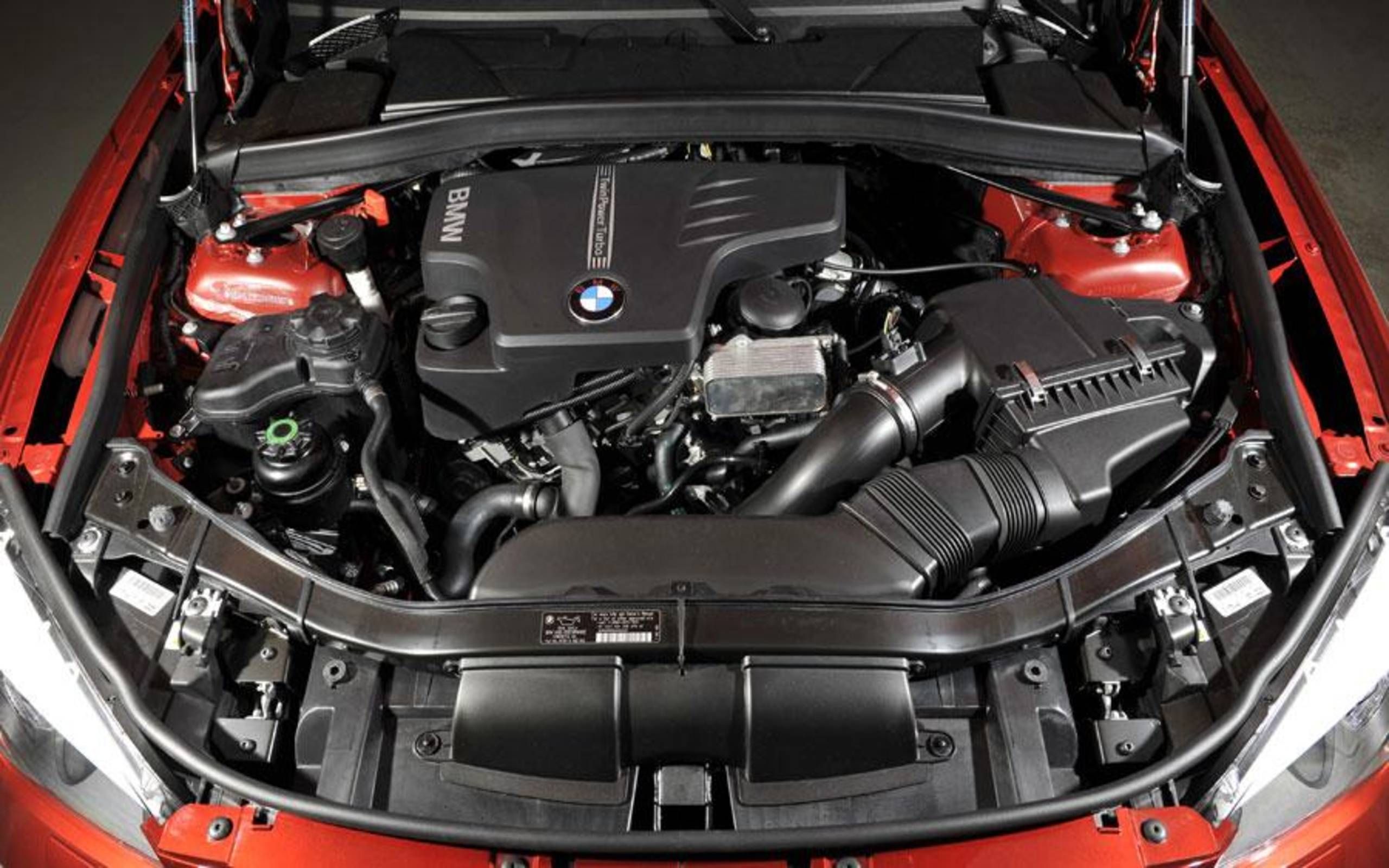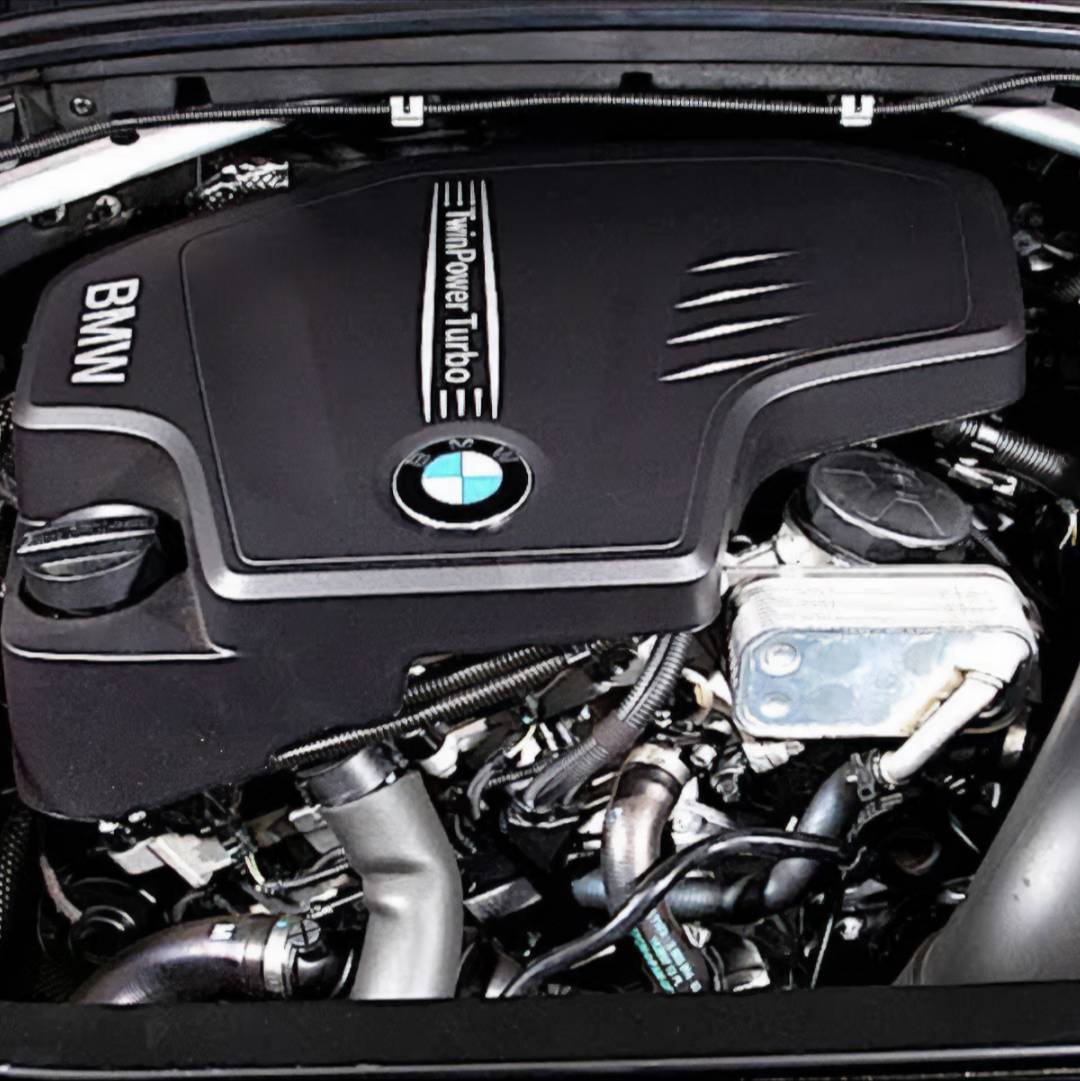The Duty of BMW Engine Style in Achieving Exceptional Fuel Effectiveness
The Duty of BMW Engine Style in Achieving Exceptional Fuel Effectiveness
Blog Article
Unveiling the Intricacies of Next-Generation Power Units: a Deep Study Advanced Engine Designs and Innovations
In the realm of automobile engineering, the relentless pursuit of sustainability, efficiency, and performance has actually thrust the advancement of power devices to extraordinary heights. As we stand on the precipice of a new period in transport, the ins and outs of next-generation engine styles beckon us to explore the cutting-edge modern technologies and advancements that guarantee to redefine the driving experience. From advanced products that press the boundaries of resilience and weight reduction to innovative turbocharging and supercharging systems that boost power outcome to new degrees, each element of these power units holds a vital to unlocking the future of automotive design. Digging much deeper right into the realms of exhaust control, intelligent engine management systems, and the perspective of power system development, we locate ourselves on the cusp of a change that assures to reshape the landscape of mobility as we recognize it.
Evolution of Engine Products

The change in the direction of advanced engine materials has likewise allowed designers to design engines with higher power outputs while preserving fuel effectiveness criteria. The use of lightweight materials reduces the overall weight of the engine, leading to enhanced fuel economic climate and lower discharges. Furthermore, innovations in products innovation have enabled much better thermal administration within engines, leading to enhanced dependability and durability.
Turbocharging and Supercharging Technologies
Just How do Turbocharging and Supercharging Technologies transform engine efficiency and performance in modern-day lorries? Turbocharging and turbo charging are technologies that significantly boost engine performance by increasing the quantity of air intake right into the combustion chamber. Turbocharging achieves this by using a turbine driven by exhaust gases to pressurize the consumption air, while supercharging makes use of a belt- or chain-driven compressor to accomplish the same impact.
These technologies make it possible for smaller, extra fuel-efficient engines to create power equivalent to larger ones, known as downsizing. By compeling more air right into the cyndrical tubes, supercharging and turbocharging boost burning effectiveness, causing enhanced horse power and torque output without a substantial increase in engine size. This leads to much better velocity, hauling ability, and total driving efficiency.
Additionally, supercharging and turbocharging add to enhanced gas efficiency by enabling the usage of smaller engines that take in much less gas under normal driving conditions - bmw engine. This combination of improved efficiency and efficiency has made turbocharging and supercharging indispensable components of lots of modern-day engine designs
Emission Control and Environmental Effect
With raising international concerns relating to air top quality and ecological sustainability, the implementation of emission control innovations in automobiles plays an essential function in minimizing unsafe pollutants released into the atmosphere. Modern cars are furnished with innovative exhaust control systems that help reduce the environmental impact of automobile procedures. Catalytic converters, for circumstances, are developed to transform hazardous gases such as carbon monoxide gas, nitrogen oxides, and hydrocarbons right into much less harmful substances like carbon dioxide and water vapor.
Furthermore, advancements in engine technology, such as the integration of exhaust gas recirculation systems and selective catalytic decrease, have actually dramatically added to reducing discharges. These innovations work in tandem to optimize burning effectiveness and lessen the release of hazardous pollutants right into the air. Additionally, the development of crossbreed and electrical automobiles represents an essential step in the direction of minimizing the overall environmental impact of the transportation sector.
Intelligent Engine Monitoring Solution

In addition, these systems make it possible for lorries to fulfill rigid emissions criteria without jeopardizing efficiency, supplying a much more eco friendly driving experience. The assimilation of man-made intelligence and machine discovering capacities in engine administration systems proceeds to push the limits of what is possible, causing further enhancements in performance, dependability, and total vehicle efficiency. bmw engine. As auto innovation breakthroughs, intelligent engine administration systems will certainly play a vital role fit the future of transport in the direction of a more efficient and sustainable instructions
Future Trends in Power Device Development
As intelligent engine administration systems lead the means for boosted control and optimization in modern automobiles, future fads in power device development are positioned to redefine the landscape of vehicle propulsion modern technologies. These different power sources offer enhanced link effectiveness and performance while lining up with strict ecological laws.
An additional significant pattern is the assimilation of advanced materials and producing strategies. Light-weight products such as carbon fiber and aluminum are being made use of to decrease overall automobile weight, boosting gas effectiveness and efficiency. Furthermore, developments in 3D printing and additive manufacturing are enabling the production of complex engine parts with greater precision and durability.
In addition, expert system and machine learning are playing an essential duty in maximizing power system performance. These modern technologies enable for real-time monitoring and flexible control, leading to a lot more trustworthy and efficient power distribution. In general, future fads in power unit growth are geared in the direction of effectiveness, performance, and sustainability, driving the auto industry in the direction of a brand-new era of propulsion innovations.

Conclusion
To conclude, the developments in engine materials, turbocharging, discharge control, and intelligent administration systems have actually paved the means for next-generation power systems. These technologies have not just improved performance and performance however also lowered environmental influence. As technology remains to evolve, future patterns in power device advancement are likely to concentrate on further boosting sustainability and optimizing power result. The elaborate styles and innovations in contemporary engines display the ongoing development of automotive innovation.
Discovering the progressive developments in engine products has actually been pivotal in enhancing the performance and performance of modern-day engines. Over the years, the development of engine materials has played an important function in pressing the borders of what engines can attain.The change in the direction of progressed engine products has actually additionally made it possible for designers to make engines with greater power results while keeping gas performance criteria.The application of smart engine administration systems in contemporary cars has transformed the way engines are controlled and optimized for efficiency and performance. By gathering data in real-time and evaluating it with sophisticated algorithms, smart engine monitoring systems can adapt to driving styles, environmental variables, and engine wellness to maximize power outcome while reducing fuel intake and exhausts.
Report this page